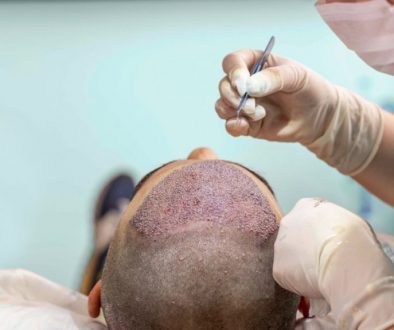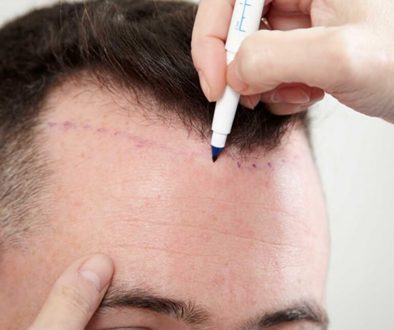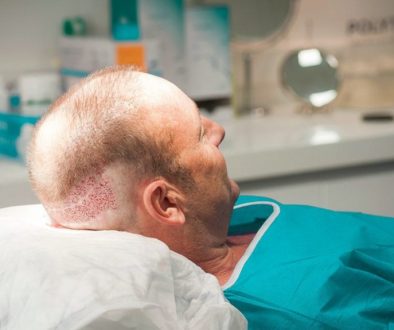Why the Balding Crown is Sometimes Called the “Black Hole” for Hair Transplants
Why is the bald crown (vertex) area referred to as the “black hole” for [tag]hair transplants[/tag]?
This question was posed by a [tag]hair loss[/tag] sufferer seeking [tag]hair loss help[/tag] on our hair restoration forum and answered by Dr. Michael Beehner of Saratoga Springs, NY who is one of our recommended hair restoration physicians. His professional answer is below.
 I can think of two good reasons to call the [tag]balding[/tag] crown (vertex) a “black hole” for [tag]hair transplant[/tag] surgery. Number one, it is always larger than what the patient thinks, and, most importantly, it virtually always increases in size in all young and middle-aged men with hair loss (and even in a lot of the older ones!) and the area increases almost logarithmically, not in simple direct proportion to the increase of the diameter.
I can think of two good reasons to call the [tag]balding[/tag] crown (vertex) a “black hole” for [tag]hair transplant[/tag] surgery. Number one, it is always larger than what the patient thinks, and, most importantly, it virtually always increases in size in all young and middle-aged men with hair loss (and even in a lot of the older ones!) and the area increases almost logarithmically, not in simple direct proportion to the increase of the diameter.
The second reason is that, because of the “whorl” or swirl arrangement of hairs, there isn’t a lot of overlap in this area with most styling patterns compared with how [tag]transplanted hair[/tag] looks thicker in the areas on top and in the temples.
I’ll throw in two more observations: The crown is almost never the most important area of hair loss, the front half of the scalp is, and it is important, especially if your budget is limited, to spend your money on this area. The frontal area is what frames your face and directly affects your appearance to people. The second observation I would make is that, if you persuade your [tag]hair loss doctor[/tag] to fill in the entire top of the head and also the crown with a hair transplant – this is assuming that much [tag]donor hair[/tag] can be found on that given day – it is my very strong hunch that the [tag]follicular unit grafts[/tag] placed in the [tag]bald[/tag] crown don’t grow as well as the grafts on top when that much work is done. My best guess is that the donor scar behind the area and all the recipient sites made in front of it combine to slightly deprive these grafts of blood supply. I don’t think this happens in all men, but in a good percentage. Light crown coverage (say, 300 FU’s) probably isn’t affected.
Mike Beehner, M.D.
—
Bill
Associate Publisher



